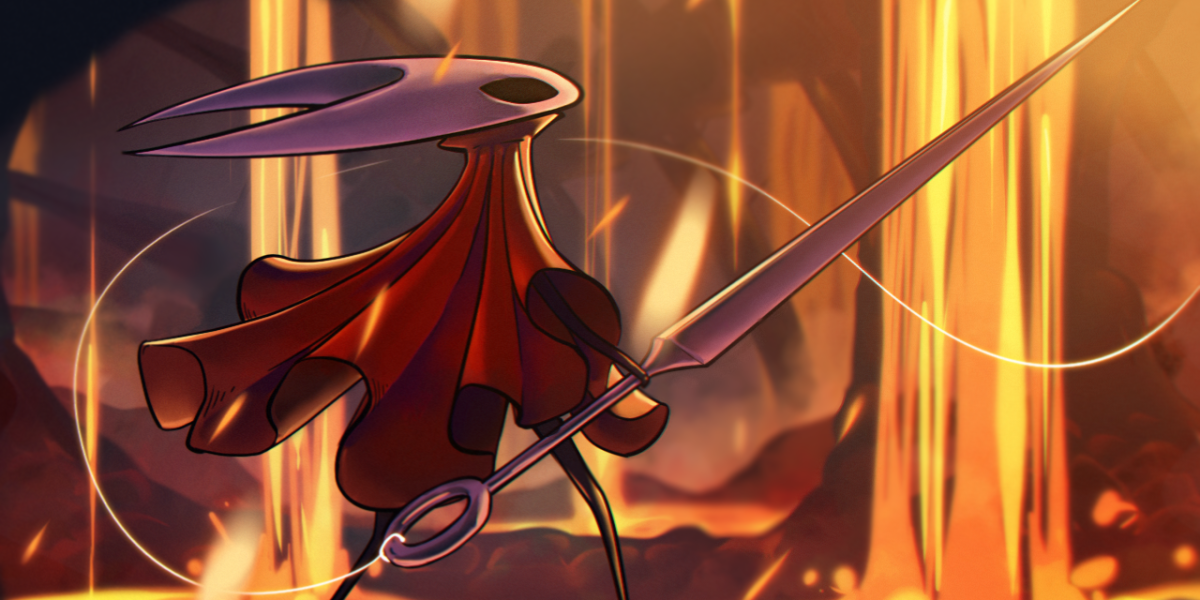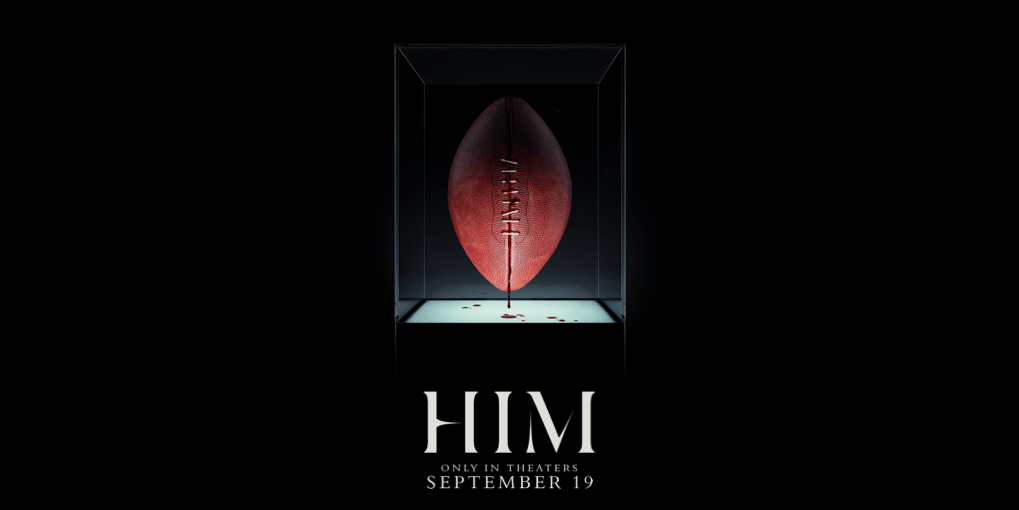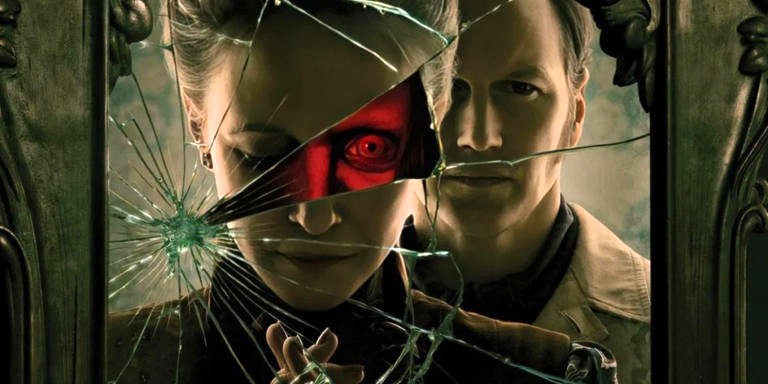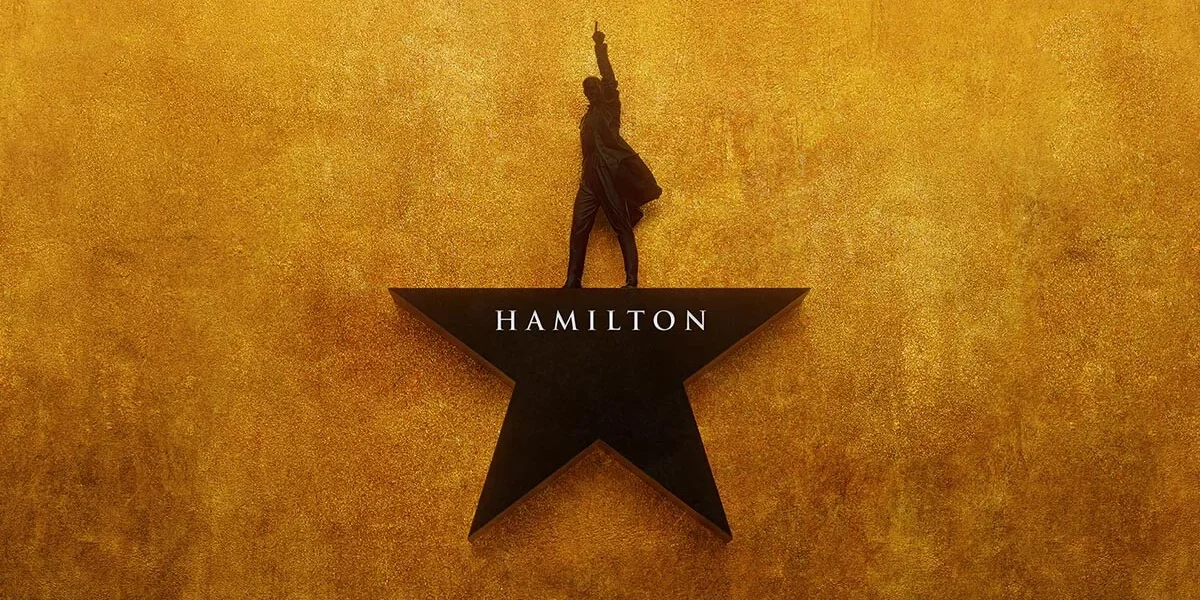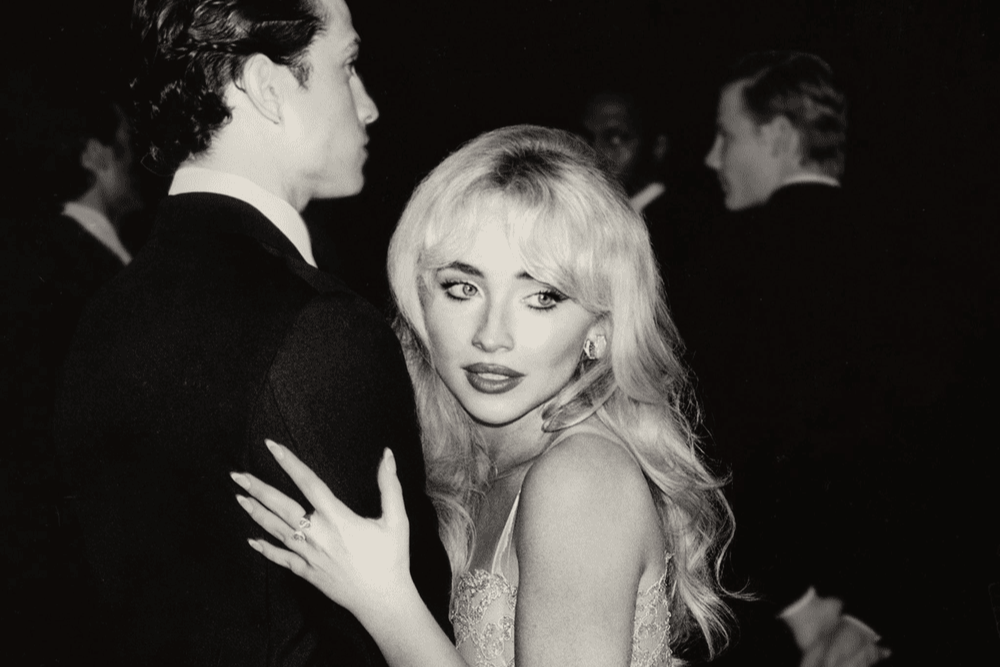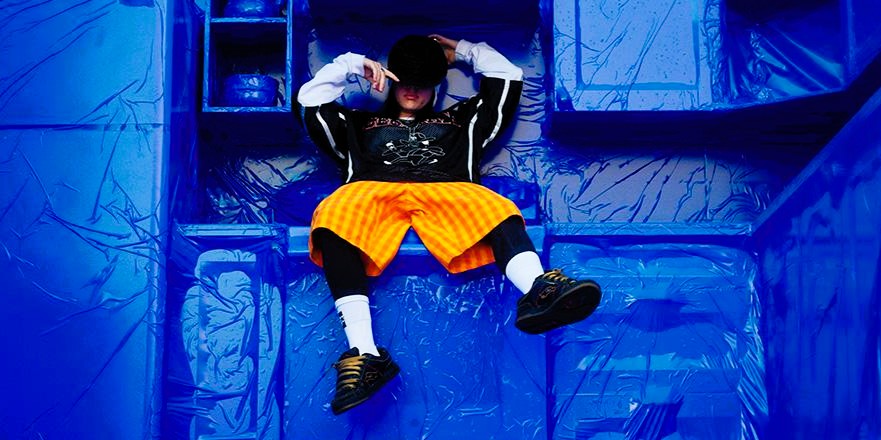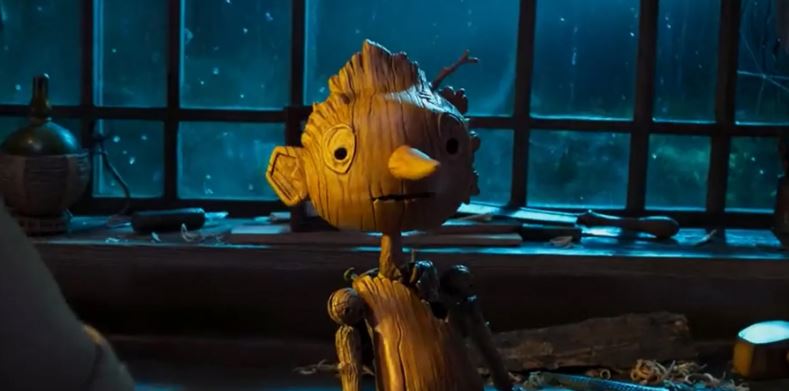Pinocchio is a Great, No Lie
Guillermo del Toro’s darker stop motion movie is a brilliant reimagining
Pinocchio from Guillermo del Toro’s stop motion version of Pinocchio
December 20, 2022
The story of Pinocchio is pretty well known–wooden puppet, blue fairy, talking cricket, turns into a donkey, swallowed by a whale. The story has been adapted into several movies, including a poorly received Disney remake earlier this year, which can make any new Pinocchio movie difficult to stand out.
Despite this, Guillermo del Toro’s Pinocchio is a wholly original and unique version of the tale. Released on December 9th and available to watch on Netflix, the movie is getting a lot of positive attention from critics and audiences due to its darker tone, beautiful character designs, and surprising tweaks to the story. This positive attention is well warranted, as this feature stands with Pan’s Labyrinth and The Shape of Water as one of del Toro’s best films.
The first notable thing about the movie is that it’s made in a stop-motion style, something that makes it stand out among the popular 3D animated style with a nostalgic, handcrafted feel. The rough motion of the animation matches the rough designs in the film: Pinocchio is not just made of wood but feels like a tree come to life, with his twisted branch nose and broken bark hairline. This feels like classic del Toro–the thin limbs of the wooden puppet, the hauntingly large eyes of the cricket, and the gaunt face of the fairy who brings the puppet to life evoke the Pale Man, the Amphibian Man, and Hellboy of del Toro’s previous films.
More fascinating than the style of the film is the story. While it varies from the most popular contemporary versions of Pinocchio, this movie is actually heavily based on the 1883 Italian novel by Carlo Collodi. The original book does not show Pinocchio as an innocent figure but as a bit of a hellraiser. This characterization makes this a darker version of the story meant more for older kids and adults than toddlers. This Pinocchio doesn’t sanitize the story either, with a drunken and angry Gepetto and plenty of violent encounters.
An interesting choice del Toro makes is setting the nineteenth-century story in 1930s fascist Italy, right in the middle of Mussolini’s rise to power. When his son dies in a bombing, a toymaker named Gepetto spirals into depression and carves a new wooden son who cannot die–Pinocchio. As the boy is an immortal wooden figure, he is quickly recruited into a fascist youth camp to be turned into the absolute perfect immortal soldier. In abandoning his father and embracing an ideology of hate and vice, this Pinocchio has no interest in being a real boy–instead, the film (through Ewan McGregor’s talking cricket) questions if Pinocchio can ever be redeemed and become a good boy. This leads to a dark and surprising ending–one that completes both Pinocchio’s arc and addresses the film’s themes of control and obsession.
Overall, the movie feels unlike anything else on streaming right now. Just the time period and setting make the movie feel more interesting than most contemporary animation. Not only is the film a nice gaze into history, but it also gives weight to the Pinocchio story and shows why we should care about a little wooden boy in 2022. The film ultimately questions if each of us is on a set path or if we can change our own fate, a very relevant idea for our modern world of extreme political ideologies and impending climate disaster. Luckily, the humor and lighter horror elements make the film fun again whenever things get too serious.
Pinocchio is a must-watch, for while it may be a bit darker than more well-known versions of the story, it is both timeless and of the moment with its execution and themes. The film is beautifully crafted and succeeds in making the idea of a puppet come to life fresh again. While younger children might find the film frightening at times, this is a great choice for both older kids and adults, as it entertains from start to finish. Time will tell if Pinocchio will ever become a real boy, but this film is a real joy.


























